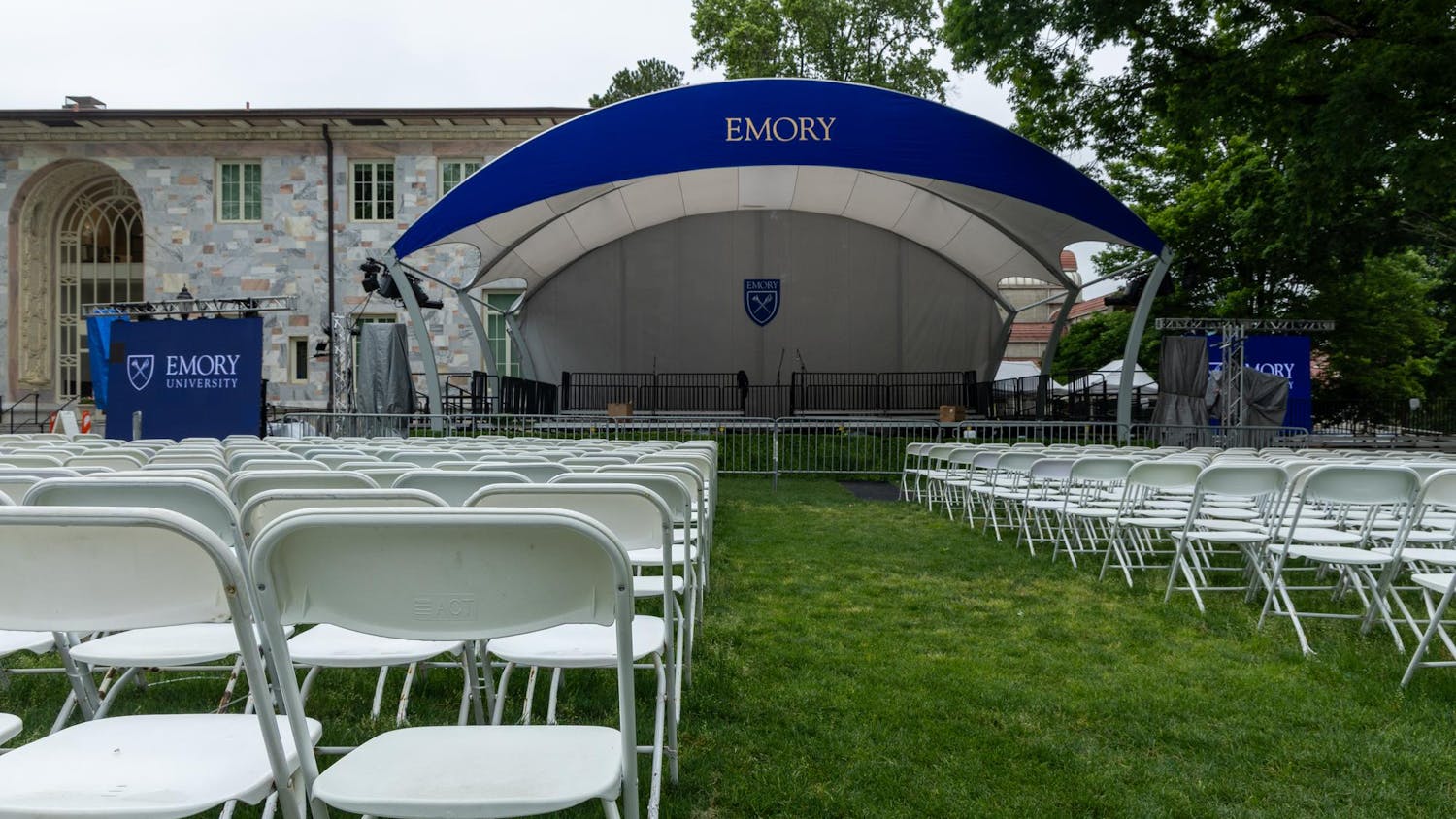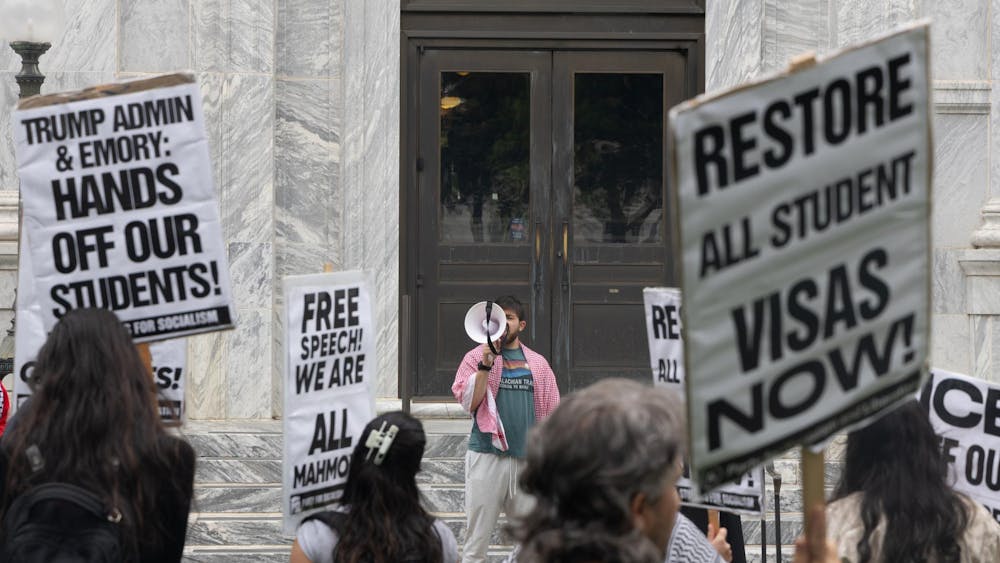Emory University’s SlaveVoyages database has expanded into a nationwide organization, partnering with five other leading institutions in African American history to maintain and develop the existing database.
The consortium includes the Hutchins Center at Harvard University (Mass.), the National Museum of African American History and Culture, the Omohundro Institute at the College of William and Mary (Va.), Rice University (Texas) and joint membership among three University of California (UC) system campuses: UC-Berkeley, UC-Irvine and UC-Santa Cruz.
The SlaveVoyages project combines three databases: the Trans-Atlantic Voyages database, the Intra-American Voyages database and the African names database, which record 85% of all transatlantic voyages, SlaveVoyages Co-Founder and Robert W. Woodruff Professor Emeritus of History David Eltis estimated. The databases also provide historical documentation such as ship logs, bills of sales and recorded names of freed African people.

SlaveVoyages Contributing Member and Assistant Professor of Social Foundations at Clemson University (S.C.) Nafees Khan (13G) emphasized the importance of having multiple partners collaborating on the project.
“You can’t always rely on one institution,” Khan said. “That’s not as sustainable as having a consortium, in this case having six institutions that will take turns and will all contribute to sustaining it going forward.”
While Eltis helped establish the database during his time at Emory and supported the project since its conception in the early 1990s, Khan got involved in the SlaveVoyages project as a doctoral student at Emory in 2006. He currently serves as an operational committee member, attends educational workshops and collaborates with members from the genealogy community.
“My orientation has been ‘How do we share this? How do we disseminate this?’” Khan said. “I was always interested in that outward-looking component. This is not just for historians … It’s also for everyone else, so how can we make this as engaging as possible?”
The consortium came to fruition after two years of planning and creating partnerships between institutions that Emory had already built connections with through past projects, alumni networks and financial sponsors.
“Bringing on the National Museum of African American History and Culture was such a phenomenal thing because it meant that it wasn’t just higher-ed institutions, it was also a museum, and a preeminent one that has garnered so much attention,” Khan said.
The consortium features one host institution that rotates every three years, Khan explained. Rice is the current host institution and is tasked with maintaining day-to-day operations and facilitating ongoing development of the database.
“If there’s a new idea that needs to be implemented or something needs to be changed on the website … it would be through the host institution that maintains it,” Khan said.
The SlaveVoyages consortium stands as a model for other large-scale projects because of its trailblazing framework, Eltis stated.
“As far as I know, it’s never been tried before,” Eltis said. “The innovation is not just in the subject matter — slavery and slave trade. There’s also an organization in it.”
The consortium financially supports the database, with each institution donating around $9,000 a year to support the site, Eltis added.
“It’s much easier to get money to start a project than it is to keep it going,” Eltis said. “We came up with this consortium idea where essentially, there would be no single university [financially] responsible for the project.”
Before the consortium was established, Eltis explained that the majority of his work focused on transferring the database from CD-ROM format to the web. The project formally started in 1992 with a grant from the National Endowment for the Humanities, Eltis said. This money enabled production of the CD-ROM beginning in 1999.
Eltis credited the Emory Center for Digital Scholarship with reconstructing 3D visuals of ship designs and restoring information from the archives to the site.
“The key factor of this database is its attempt to give context to the history of the transatlantic slave trade, which is the largest forced migration in history,” Khan said. “It’s a digital memorial to those who endured that hardship.”
While the current website contains lesson plans geared toward middle and high school students, as well as tutorial videos and time lapse animations, Eltis expects future database developments to incldue more 3D videos of the vessels and greater focus on other forms of slave trade.
Going forward, Khan detailed his desire to create a more diverse narrative within the SlaveVoyages database.
“We need to focus on the language, but also the inclusion, equity and diversity of voices as part of the consortium,” Khan said. “We want to be more mindful of bringing in scholars of color, women scholars and being as intentional as possible that these kinds of projects and institutions as they progress, we don’t narrow who’s part of those conversations.”





